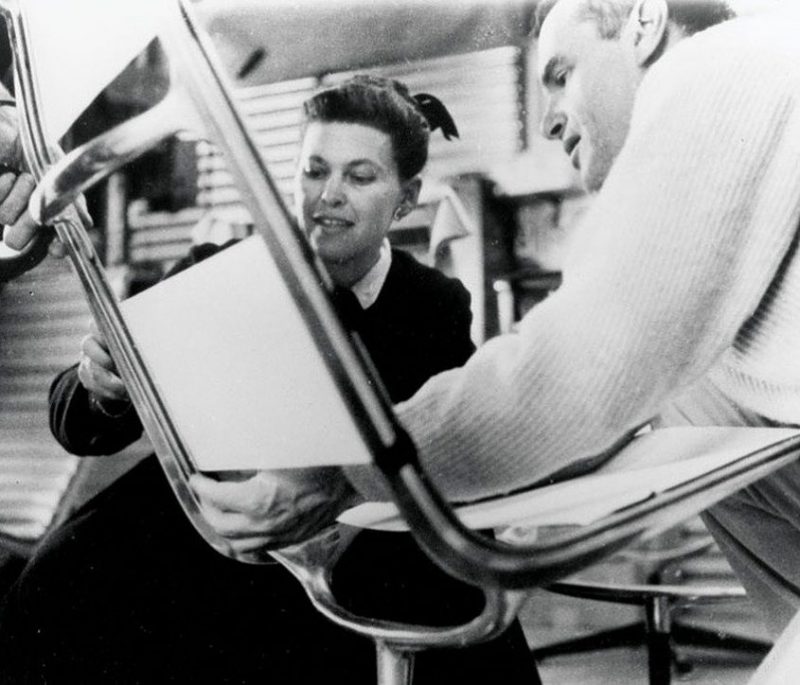If you thought Herman Miller was a man who designed mid century furniture, think again. The name we speak with so much reverence actually refers to the company Herman Miller, Inc., which started as the Star Furniture Company in 1905. At its inception, the company specialized in traditional wood furniture, a far cry from the iconic midcentury pieces we know and love.
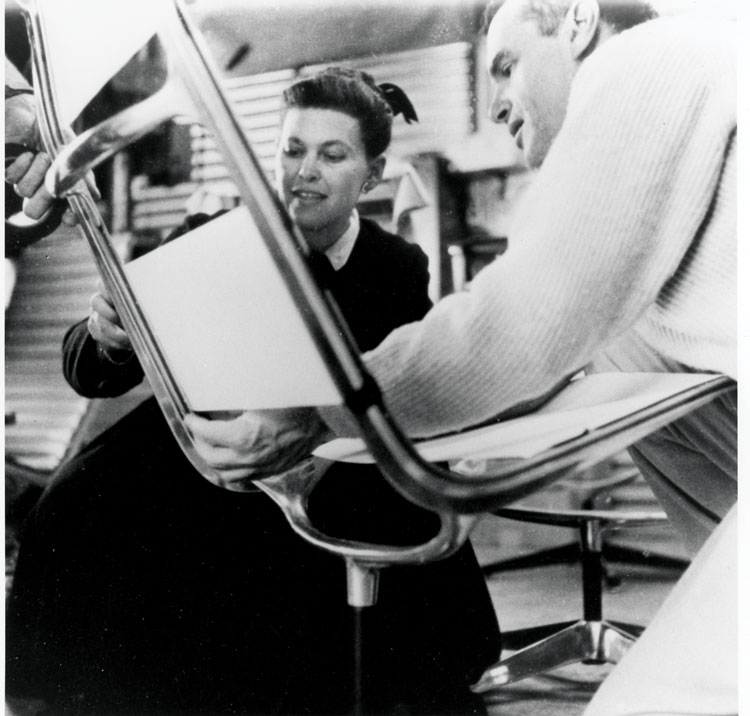
Humble Beginnings
The Star Furniture Company began its journey to greatness in 1909, when a recent high school graduate named Dirk Jan (D.J.) De Pree was hired as a clerk for the company. A hard worker, he climbed the ranks to become the company’s president by 1919. In 1923, with the help of his business-savvy father-in-law, Herman Miller, he purchased 51% of the company’s stock. To express his gratitude, De Pree renamed the company the Herman Miller Furniture Company.
The company continued producing furnishings in traditional styles until the Great Depression. However, with the struggling economy of the 1930s, De Pree had to get creative to bring in profits. In a risky bid, the company hired Gilbert Rohde, who specialized in modernist furniture, to take a new direction. At the Chicago Century of Progress exhibition in 1933, Herman Miller introduced a new line of modern furniture, which launched the company into its 20th-century glory.
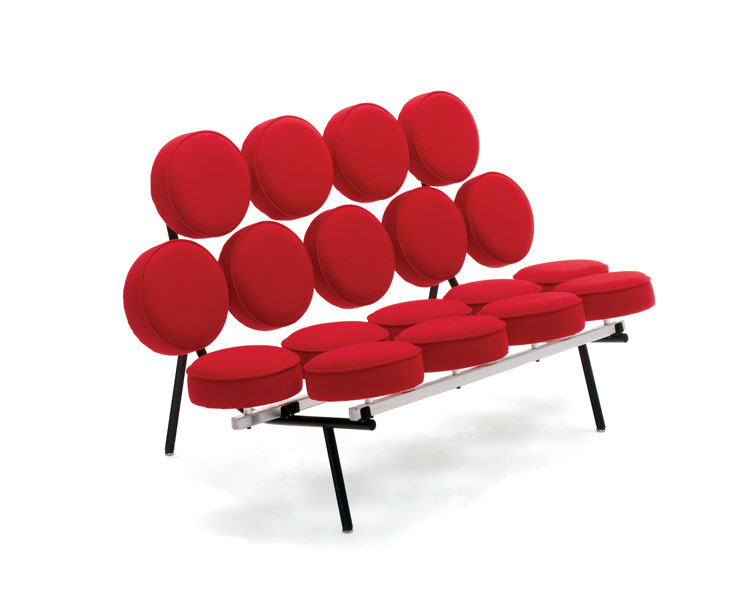
The Golden Age
In 1944, Gilbert Rohde died, and De Pree began the search for a new design director. Architect George Nelson’s book Tomorrow’s Home came out in 1945, and De Pree was impressed with its innovative ideas. He offered Nelson the job, even though Nelson had never designed furniture.
It was a wise decision. Nelson had a growing network of modernist designers in his address book, and over the next few decades, he helped bring in some of the greatest names in midcentury design to work on pieces for Herman Miller. Designers such as Isamu Noguchi, Charles and Ray Eames and Alexander Girard put their names under the Herman Miller label, to great success.
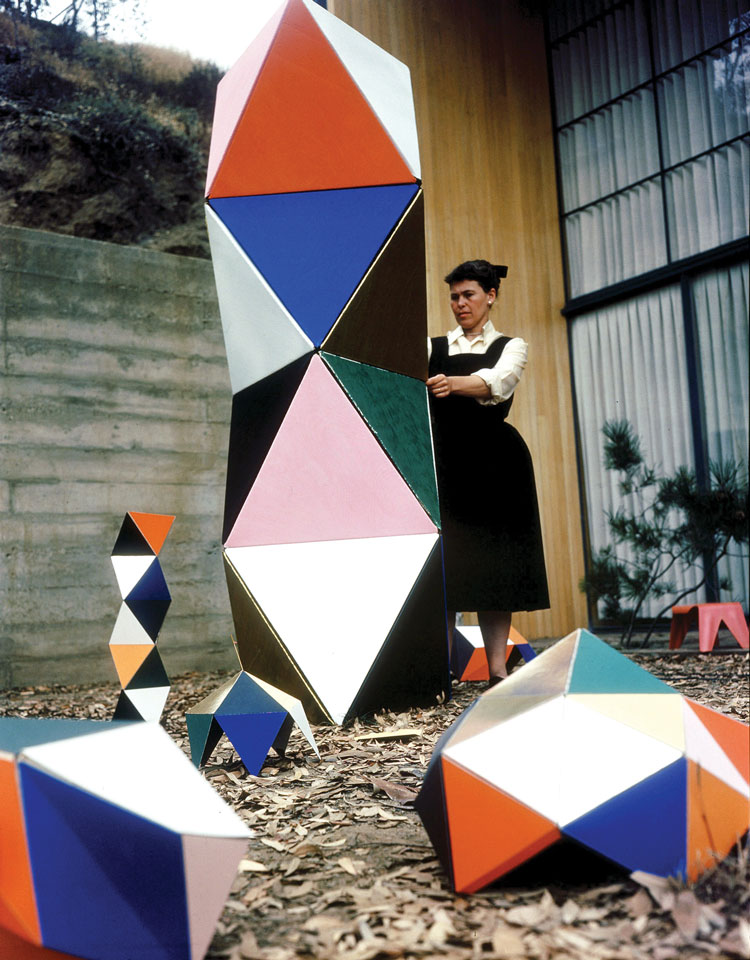
Herman Miller’s prowess did not wane when modernist style dwindled in the 1980s. Instead, the company has continued to be a furniture giant into the 21st century, not only in its commitment to quality and innovation in design, but as a corporation as well.
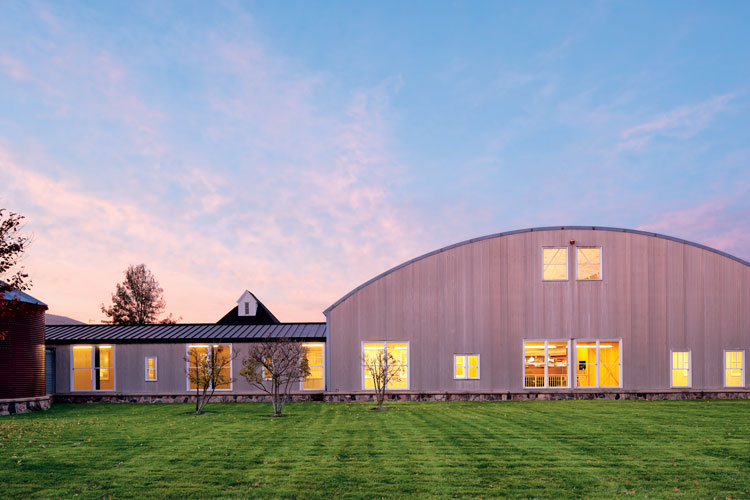
Herman Miller repeatedly wins awards for eco-friendly practices, sustainability and its work environment (Fortune’s “Best Places to Work” award). To learn more about this iconic design brand, head on over to our interview with Adam Call, Vice President of the Herman Miller Collection.
Can’t get enough of Mid Century Modern design and learning about its makers, new and old? Don’t forget to follow us on Instagram, Facebook and Pinterest for more Atomic Ranch articles and ideas!

